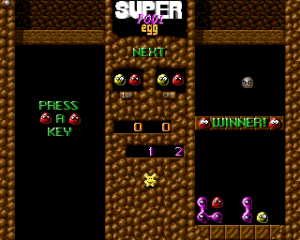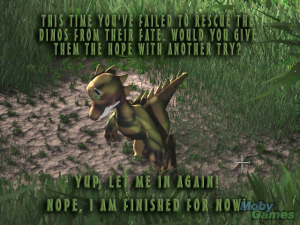Game Classification
Vesuvia Zagrava Games Studio, I-Play, 2011
Classification
VIDEO GAMEKeywords
Market
This title is used by the following domains:- Entertainment
Audience
This title targets the following audience:Age : 12 to 16 years old / 17 to 25 years old
General Public
Gameplay
The gameplay of this title is Game-based(designed with stated goals)
The core of gameplay is defined by the rules below:
Similar games
 Vesuvia is a "match 3" tile matching game with adventure elements. It tells the tale of Jake, a young man who washes up on the shore of a tropical island after his boat is wrecked at sea. Trying to figure out where he is and how to get home, Jake travels inward to explore the island. He soon finds evidence that he is not alone, and that the island itself may have brought him there. The adventure story is told through Jake's journal and still pictures with full voice acting at the end of each chapter.
Vesuvia is a "match 3" tile matching game with adventure elements. It tells the tale of Jake, a young man who washes up on the shore of a tropical island after his boat is wrecked at sea. Trying to figure out where he is and how to get home, Jake travels inward to explore the island. He soon finds evidence that he is not alone, and that the island itself may have brought him there. The adventure story is told through Jake's journal and still pictures with full voice acting at the end of each chapter.
The tile-matching levels simulate exploration and navigation. Each "step" is performed as a tile-match and the player's field of view is limited to the area being navigated, thus giving the impression that the board itself is moving as it follows the matches being made. Exploration is free-roaming and only limited to the confines of the board.
The basic gameplay involves switching one tile at a time to create groups of three or more identical icons horizontally or vertically. As those are destroyed more icons slide in from various directions to fill the voids.
There are items hidden underneath icons with backgrounds, so the main objective is to break as many of those as possible so the objects can be collected. Since the playing field is large and complex with hidden and unreachable areas, players will be searching in every nook and cranny, so to speak, to find all the items required to finish a level.
Find compass corners, pieces of equipment, journal entries and keys to the exit. Also, there are objects that are used one time to cross "impassable barriers" in the current level. A raft will let Jake cross a water barrier, or a machete will cut through thick foliage, for instance. When the percentage at the top of the screen reaches 100%, the level can be finished by clicking the key on the exit.
All chapters have a "torch" level where parts of the screen are dark until torches are clicked upon. Each chapter also contains an "animal" level which simulates Jake's encounter with a wild animal. The gameplay is basically the same, but the only objective here is to free the animal from its prison.
Players can choose from a variety of equipment tools which are useful to explode a small section of tiles or to instantly jump to a spot on the map. Charge them up by filling energy bottles during the tile matching. The most powerful bonuses happen inside the levels themselves where fireballs and lightning rods form seemingly by themselves as the player continues to make matches. These can affect huge sections of the board with explosive chain reactions when set into motion.
There are ten chapters named after the various terrain Jake will explore; for instance, Tropics, Prairie, Cave, Ocean, Volcano. Each chapter has a unique color scheme, artwork and tile icons. The chapters contain up to ten tile-matching levels.
To follow the story to the end, play the ten chapters in Quest mode, timed or untimed. The Frenzy mode offers matching madness with a sixty second time limit. [source:mobygames]
Distribution : Retail - Commercial
Platform(s) : PC (Windows)
 Français
Français English
English





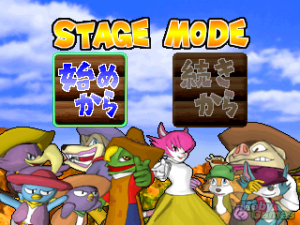
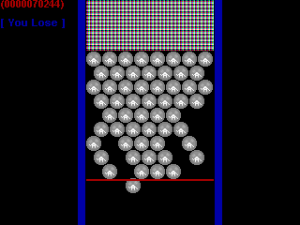

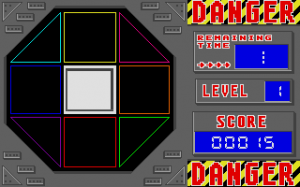
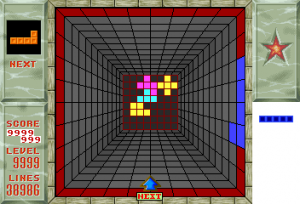
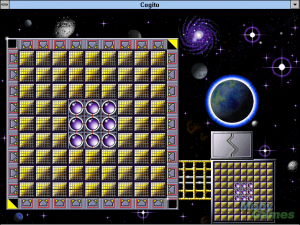

.png)
